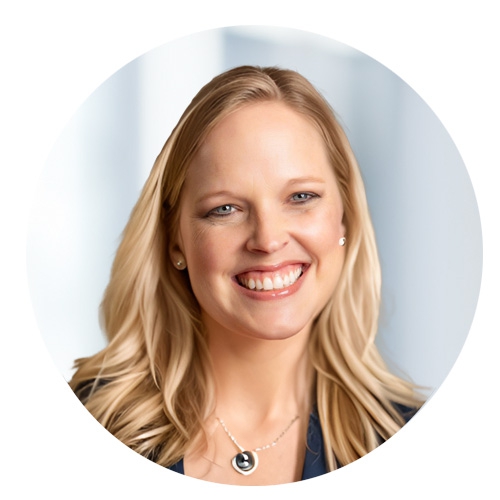 The Secure Act 2.0, also known as the Setting Every Community Up for Retirement Enhancement (SECURE) Act 2.0, is a new piece of legislation aimed at improving retirement security for American workers. This act builds on the original SECURE Act, which was signed into law in December 2019, by making additional changes to the rules governing retirement plans and IRAs.
The Secure Act 2.0, also known as the Setting Every Community Up for Retirement Enhancement (SECURE) Act 2.0, is a new piece of legislation aimed at improving retirement security for American workers. This act builds on the original SECURE Act, which was signed into law in December 2019, by making additional changes to the rules governing retirement plans and IRAs.
In this blog, we will explore the key provisions of the Secure Act 2.0 and their impact on individuals, employers, and the retirement industry as a whole. Whether you're an employee, an employer, or a financial advisor, it's important to stay informed about this important new law and how it may affect planning for retirement.
The Secure Act 2.0 has several affects on retirement security. Some of the key ways in which it affects retirement include:
- Encouraging small businesses to offer retirement plans to their employees: The expansion of tax credits for small businesses that offer retirement plans would make it easier for small business owners to provide retirement benefits to their employees.
- Delaying required minimum distributions (RMDs): The increase in the age at which individuals must begin taking RMDs from their retirement accounts from 72 to 75 would give individuals more time to let their retirement savings grow, potentially increasing their overall retirement income.
- Improving access to retirement benefits for part-time employees: The allowance of long-term, part-time employees to participate in 401(k) plans would give more individuals access to valuable retirement benefits, regardless of their employment status.
- Making it easier to save for retirement: The increase in the maximum age for contributions to traditional IRA accounts from 70.5 to 75 would make it easier for individuals to continue saving for retirement in their later years.
- Simplifying annuities: The establishment of a new type of annuity, called a "streamlined annuity", would make annuities simpler and less expensive, potentially making them more accessible and appealing to individuals.
- Promoting automatic enrollment and automatic escalation in 401(k) plans: The expansion of the use of automatic enrollment and automatic escalation in 401(k) plans would encourage more individuals to save for retirement, and to increase their savings over time.
- Combining retirement and student loan benefits: Permitting employers to make matching contributions to employee student loan payments would give employees an incentive to pay off their loans, while also helping them to save for retirement.
Overall, the SECURE Act 2.0 would have a positive impact on retirement security by making it easier for individuals to save for retirement, and by providing them with more flexible and accessible retirement benefits.
RMD Age Pushed Back (Again)
A few years ago, the RMD age was 70 ½ (and that had been the case for many years). In early 2020, they pushed it back to age 72. Now, for anyone born between 1951-1958, the starting age is now 73. And for those born in 1959 or later, the age is now 75.
Special Catch-Up Contribution
For anyone over 50, retirement account catch-up contributions will be $7500 in 2023 (explain what a catch-up contribution is). But for anyone between 60-63, beginning in the year 2025, they can make catch-up contributions of $10,000.
529 to Roth Transfer Option
There are some significant restrictions, but it’s now possible to transfer funds from a 529 plan to a Roth IRA. This means that there’s less concern about “over funding” a 529 and ending up with more money saved for college than a kid actually needs. So now you could heavily fund a 529 for a child or grandchild when they’re born and let it grow tax-free for almost 20 years…then if they end up with more than they need for college, they could use the 529 money to make their Roth contributions each year once they start working (instead of having to come up with new cash to put in the Roth).
Changes to Company 401(k) Match
For many young people early in their working career, especially those with sizable student loan payments, the idea of having enough income to be able to contribute to a 401k might seem nearly impossible. But now, making your payments can count as retirement account contributions for the purposes of getting the company’s 401k match. So a 23-year-old that doesn’t have, say, $300 to put in the 401k every month can at least get the company contribution to her 401k by paying $300/mo on her loans.
In conclusion, the SECURE Act 2.0 represents a significant step forward in improving retirement security for American workers. If enacted into law, it would expand access to retirement benefits, increase flexibility in retirement savings, and simplify the process of saving for retirement.
Whether you're just starting your career or are already in retirement, it's important to stay informed about changes to the laws and regulations governing retirement planning. By taking advantage of the benefits provided by the SECURE Act 2.0, and by staying informed about changes to retirement laws and regulations, you can ensure that you are well-prepared for a secure and comfortable retirement.

